Goldendoodles, a beloved hybrid of the Golden Retriever and Poodle, are not only cherished for their intelligence, friendly demeanor, and hypoallergenic qualities but also for their diverse range of colors. This breed can sport coats that vary widely in color, texture, and length, largely due to the Poodle’s influence, which brings with it a spectrum of color possibilities. From the classic golden to the rare phantom, each color variation of the Goldendoodle has its own unique charm and visual appeal. In this article, we explore seven stunning color variations of Goldendoodles, illustrating the beauty and diversity of this popular hybrid breed.
1. Cream

The Cream Goldendoodle is one of the most common and popular colors. This color can range from a very light, almost white shade to a deeper cream hue. The coat’s soft color reflects the gentle nature of the breed and is highly sought after for its classic look that closely resembles the traditional Golden Retriever. Cream Goldendoodles often have a uniform color distribution, though some may exhibit slightly darker ears or tail tips. Their appealing coat color is perfectly complemented by their loving and sociable temperament, making them ideal family pets.
2. Apricot

The Apricot Goldendoodle is a vibrant and eye-catching color variation that truly stands out. This shade can vary from a light, peachy hue to a deeper, rich orange. Apricot Goldendoodles are particularly striking when they possess curly or wavy coats that highlight the depth and richness of their color. This coloration is not only beautiful but also quite rare, making Apricot Goldendoodles a favored choice among those looking for an extraordinary pet. Their warm tones seem to match their equally warm and affectionate personalities.
3. Red
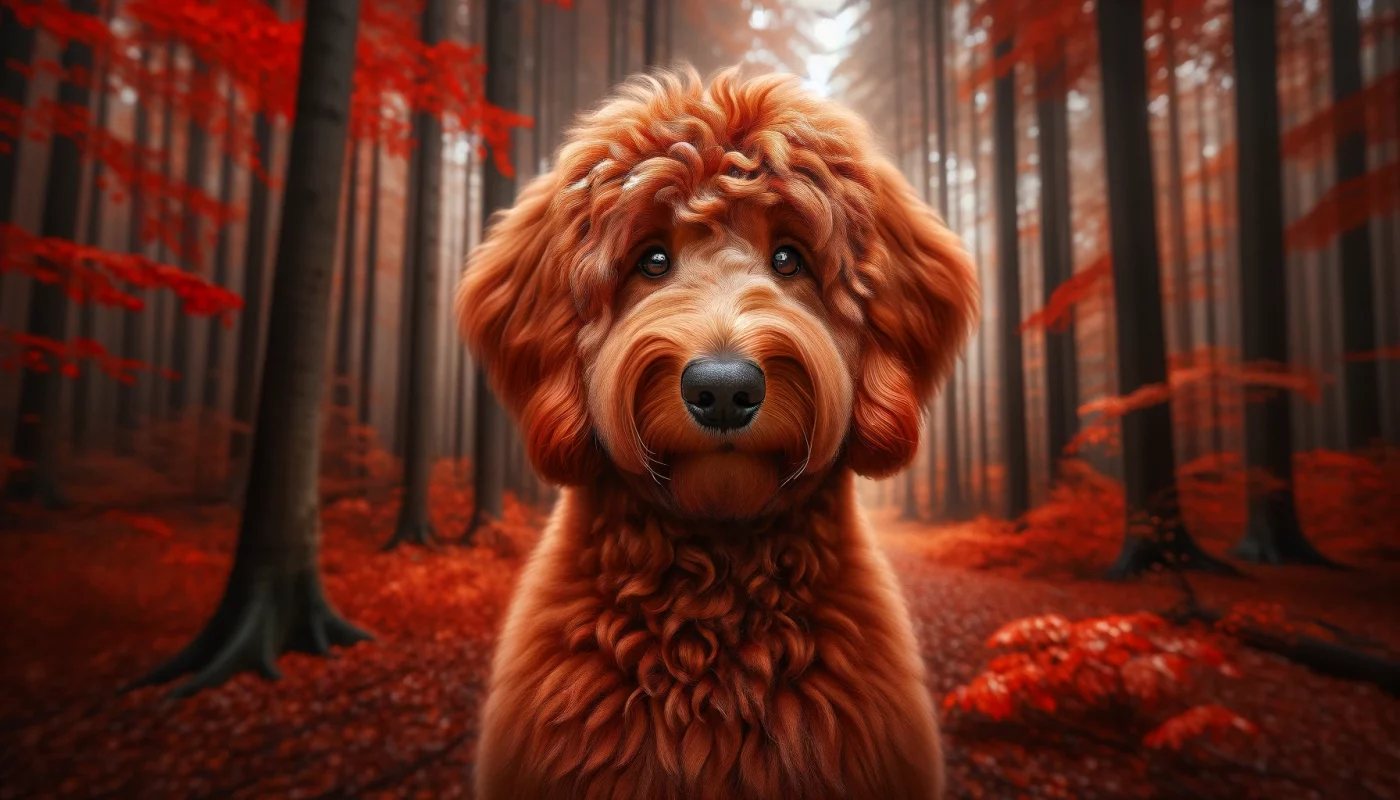
Red Goldendoodles feature a bold, deep color that is darker and more intense than the standard golden. Their coat, resembling the richness of a mahogany or cherry wood, is quite striking. Red Goldendoodles are one of the most sought-after color variations due to their lush, vibrant appearance that captures attention everywhere they go. The depth of their color can be enhanced by proper grooming, which brings out a glamorous shine in their curly or wavy fur. Despite their show-stopping looks, Red Goldendoodles remain down-to-earth and are as friendly and playful as other doodles.
4. Chocolate
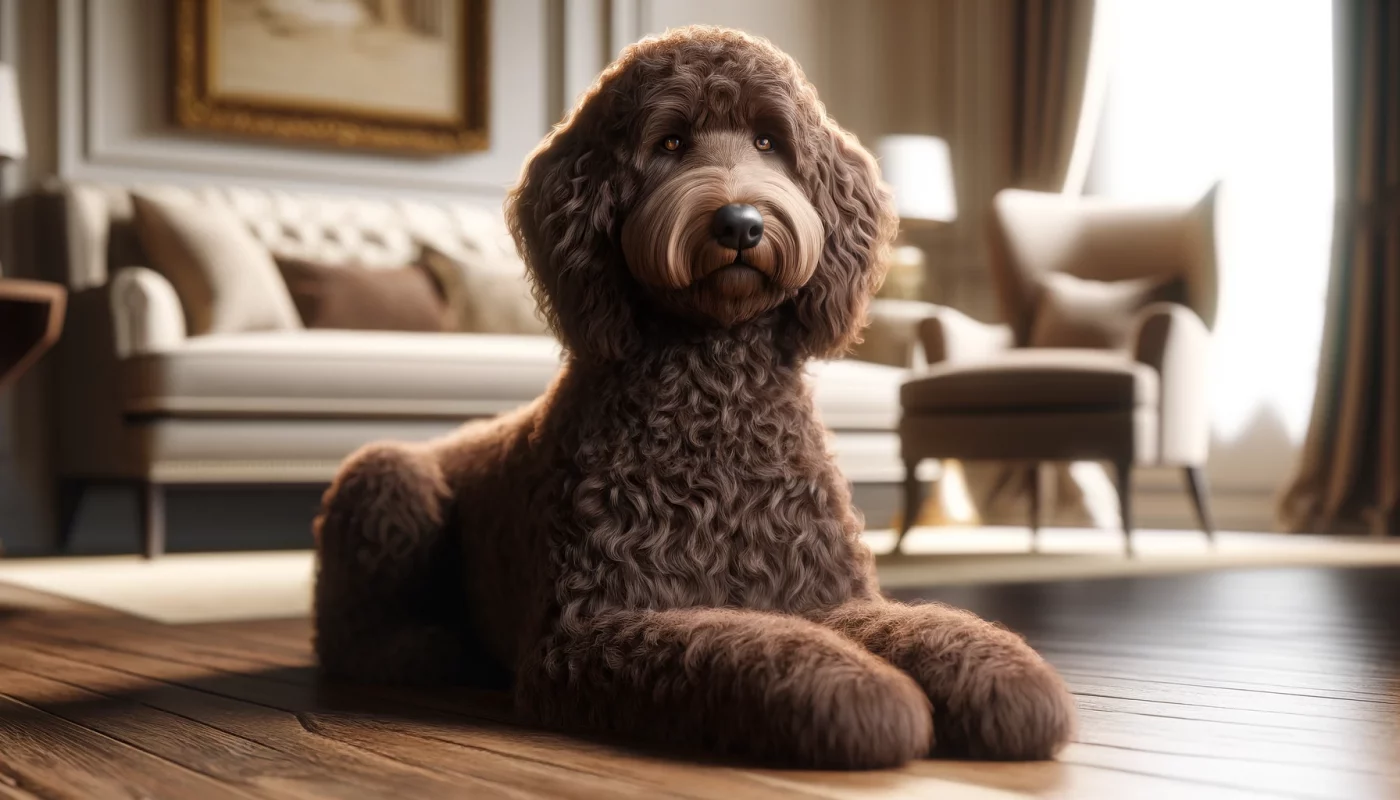
Chocolate Goldendoodles sport a rich, dark brown coat that is both rare and beautiful. The chocolate color can range from a medium brown to a deep, dark chocolate, often with amber or green eyes that enhance their expressive faces. This color variation is due to a recessive gene from the Poodle side of the family, and finding a truly rich chocolate-colored Goldendoodle can be a delightful surprise. Their stunning appearance combined with their lovable and gentle personality makes them a perfect companion.
5. Black

Black Goldendoodles are less common but offer a sleek, elegant look with their glossy black coats. Unlike other Goldendoodles, the black coat is typically uniform and very striking against the breed’s expressive, often lighter-colored eyes. Black Goldendoodles can sometimes have a hint of white on their chest, paws, or tip of the tail, which adds to their charm. They retain all the wonderful traits of Goldendoodles—intelligence, friendliness, and a playful spirit—wrapped in a mysteriously beautiful black package.
6. Parti

Parti Goldendoodles have a coat that is at least 50% white, with patches of any other color. This piebald pattern is unique in every individual dog, giving them a distinct and customizable appearance. Parti Goldendoodles are particularly popular in shows and parades due to their striking and often unpredictable color patterns. The contrast of white with other colors like black, chocolate, or red makes each Parti Goldendoodle distinctive and adorable in their own right.
7. Phantom

Phantom Goldendoodles are named for their distinctive color pattern, typically featuring a primary darker color with lighter markings around the eyes, muzzle, legs, and chest, resembling the pattern found in Doberman Pinschers. This coloration is fascinating and highly prized for its rarity and complexity. Phantoms are often the result of specific breeding strategies aimed at achieving this special look, making them one of the more rare and visually captivating varieties of Goldendoodles.
In conclusion, Goldendoodles come in a spectrum of stunning colors, each adding a unique splash to the breed’s already appealing personality and physical traits. Whether you prefer the softness of cream, the richness of red, or the uniqueness of a phantom pattern, Goldendoodles offer something for everyone. These colors not only enhance their visual appeal but also reflect the breed’s versatile and adaptable nature. Regardless of their coat color, Goldendoodles continue to win hearts with their intelligence, affection, and joyful spirits, making them excellent companions for families and individuals alike.
Frequently Asked Questions About German Shepherd Colors
1. What are the most common coat colors for Goldendoodles?
The most common coat colors for Goldendoodles are cream, golden, and apricot. These colors reflect the breed’s Golden Retriever heritage and are highly sought after for their classic, appealing look. Cream Goldendoodles have a light, almost white shade that can range up to a richer cream hue. Golden Goldendoodles display the traditional golden retriever color, from a soft gold to a rich amber. Apricot Goldendoodles offer a deeper, more vibrant tone that stands out for its unique beauty. These colors are favored not only for their aesthetic appeal but also for their association with the friendly and loving nature of the breed.
2. Are there any rare colors in Goldendoodles?
Yes, some rare colors in Goldendoodles include chocolate, red, and the unique phantom pattern. Chocolate Goldendoodles have a deep brown coat that comes from the Poodle side of their genetics and is less common due to the recessive nature of the chocolate color gene. Red Goldendoodles boast a rich, dark mahogany color that is rarer and more intense than the more common lighter shades. Phantom Goldendoodles, characterized by specific marking patterns similar to those of a Doberman Pinscher, are particularly rare and prized for their distinctive appearance.
3. Can Goldendoodles be black?
Yes, Goldendoodles can indeed be black. This color comes from the Poodle genetics and can be quite striking. Black Goldendoodles have a solid, glossy black coat that may sometimes have a small amount of white marking, such as a chest patch or toe tips. Black is less common than other colors because it requires both parent dogs to carry the gene for it. Black Goldendoodles retain all the same great qualities of the breed—friendly, intelligent, and playful.
4. What does a “Parti” Goldendoodle look like?
A “Parti” Goldendoodle has a coat that is at least 50% white with solid patches of any other color. The non-white parts can be any of the typical Goldendoodle colors such as black, brown, or red. Each Parti Goldendoodle’s coat pattern is unique, making them highly desirable for their distinctive appearance. The term “parti” refers to a particular color pattern rather than a color itself, stemming from a genetic trait that allows for multi-colored coats.
5. How does coat color affect the grooming needs of a Goldendoodle?
Coat color itself does not significantly affect the grooming needs of a Goldendoodle. However, lighter colors such as cream or white might show dirt and staining more readily than darker colors and may require more frequent bathing to keep the coat looking clean. Regardless of color, all Goldendoodles require regular grooming, including brushing to prevent matting and professional grooming to manage their often curly or wavy fur, which they inherit from their Poodle ancestry.
6. Do Goldendoodles change color as they age?
Goldendoodles can change color as they age. Puppies may darken or lighten as they grow. For example, a dark golden puppy might fade to a lighter golden color, or a black puppy could develop some gray hairs. This color change is due to the maturation process and can also be influenced by exposure to sunlight, which can lighten the coat. It’s important to note that while the general hue may shift, dramatic color changes are uncommon.
7. Are certain colors associated with health issues in Goldendoodles?
There is no direct link between specific coat colors and health issues in Goldendoodles. However, breeding for color must be done responsibly to avoid health problems. For instance, breeding two dogs with the merle gene to achieve certain coat colors can lead to serious health issues, including vision and hearing problems. Responsible breeders will ensure genetic diversity and prioritize health over color when breeding Goldendoodles.
8. What determines the coat color of a Goldendoodle?
The coat color of a Goldendoodle is determined by the genetics inherited from their Golden Retriever and Poodle parents. The interaction of multiple genes dictates the final coat color. For example, a puppy might inherit a recessive gene for a rarer color like chocolate from the Poodle parent, which might be expressed if the Golden Retriever parent also carries a recessive gene for a darker coat. Breeders can sometimes predict coat colors based on the colors of the parents and previous litters.
9. Can I request a specific coat color when adopting a Goldendoodle puppy?
While you can request a specific coat color when adopting a Goldendoodle puppy, availability will depend on the breeding. Some colors, like cream or golden, are more common and thus more likely to be available. Rarer colors, such as chocolate or phantom, may require a longer wait or even seeking out a breeder who specializes in those colors. Always ensure that the breeder is reputable and does not prioritize coat color over the health and well-being of the puppies.
10. How are unusual colors like blue and silver produced in Goldendoodles?
Unusual colors like blue and silver in Goldendoodles are produced through the dilution of darker colors, typically black or chocolate, which is a trait inherited from the Poodle side. This dilution is caused by a specific gene that lightens the base coat color. For instance, a black coat can become blue (a very dark gray), and a chocolate coat can dilute to silver. These colors are less common and can be quite striking due to their rarity and the subtle beauty they bring to the Goldendoodle’s appearance.

 2 weeks ago
14
2 weeks ago
14
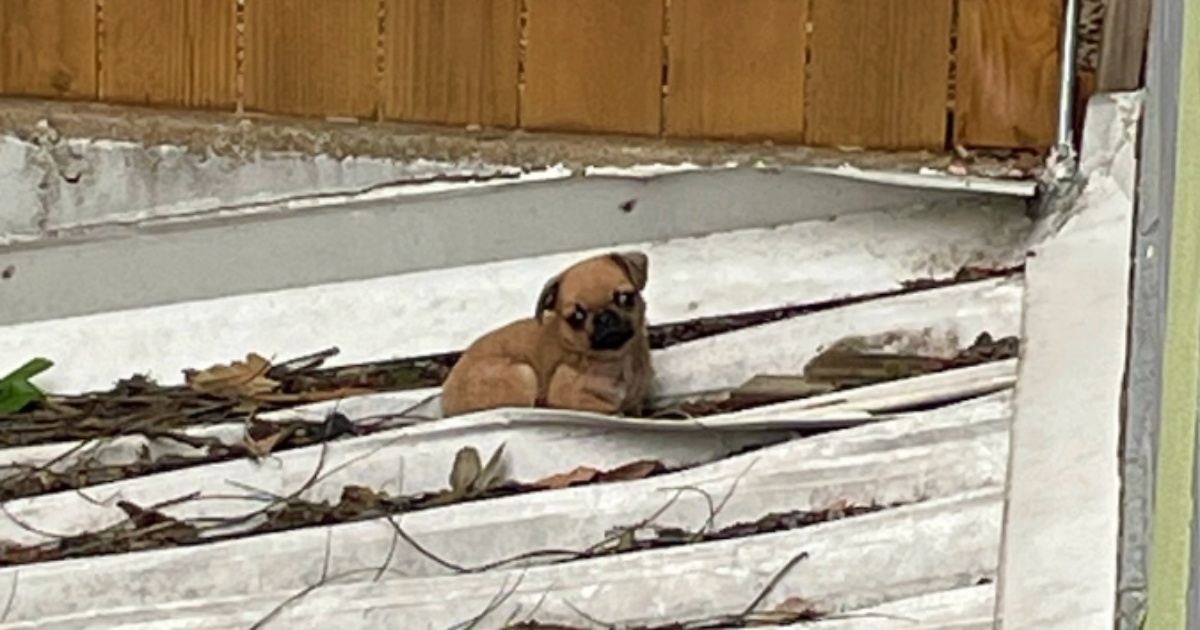
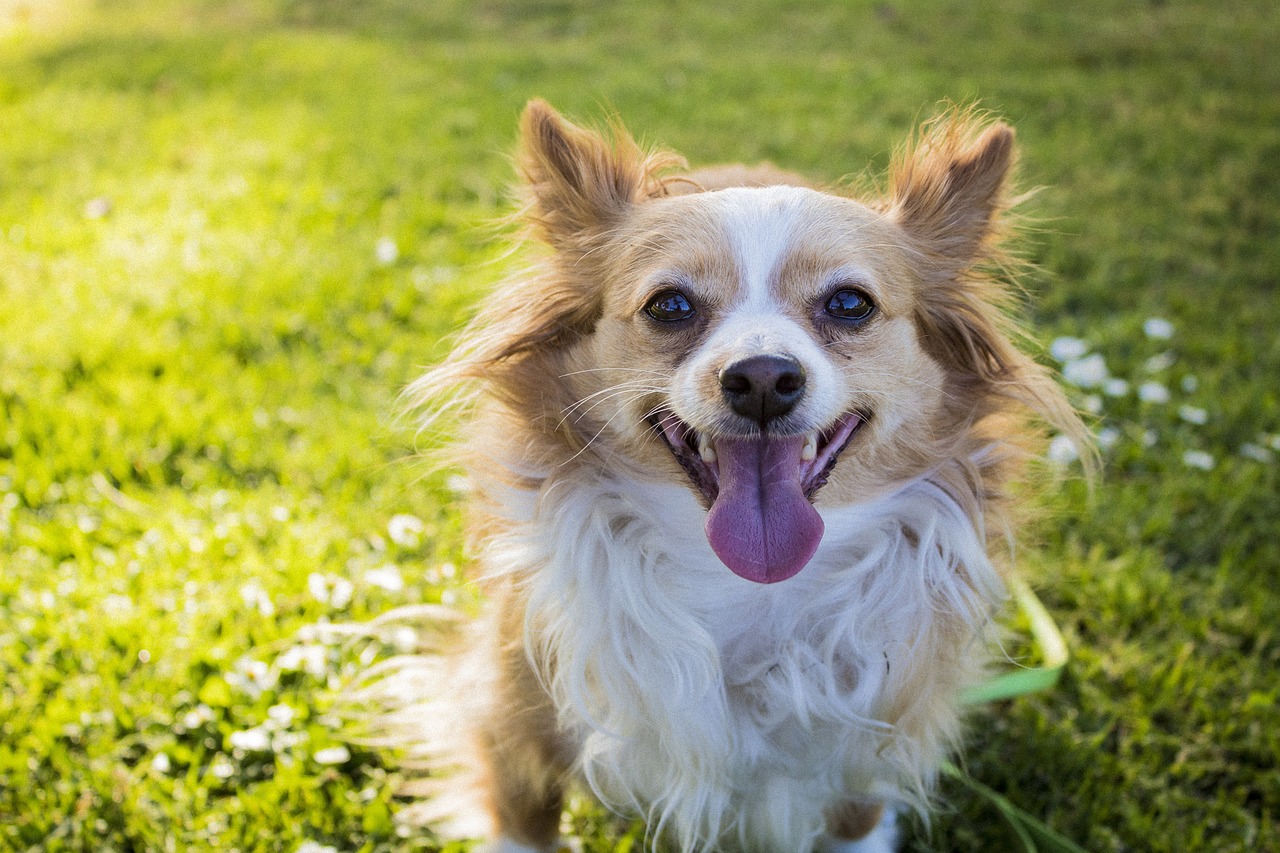
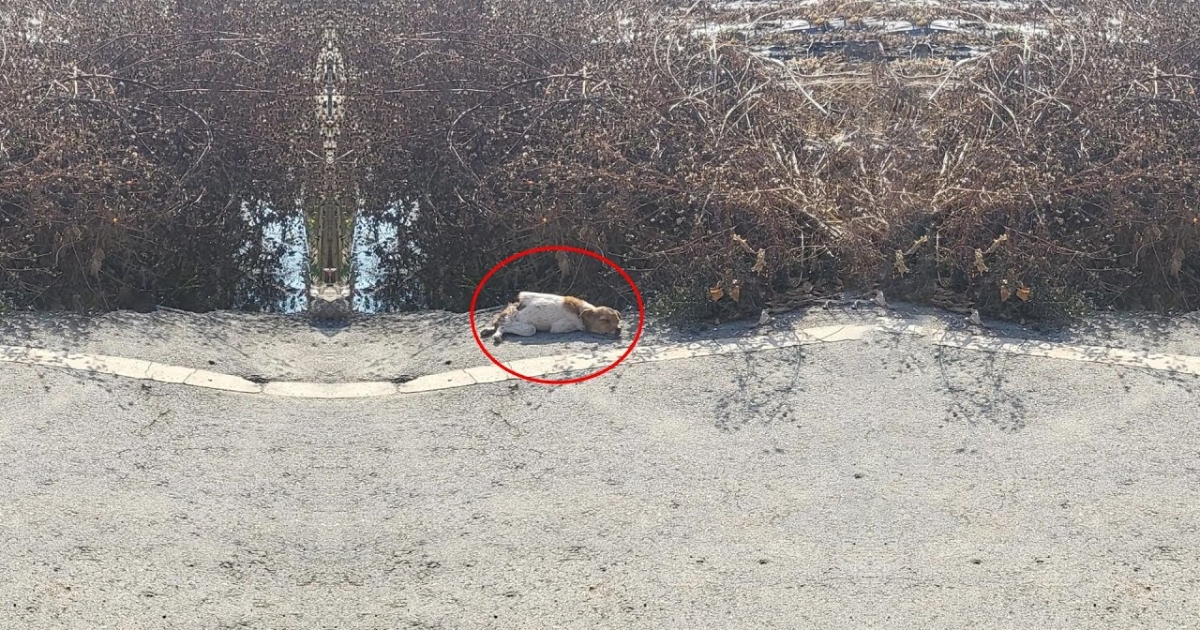
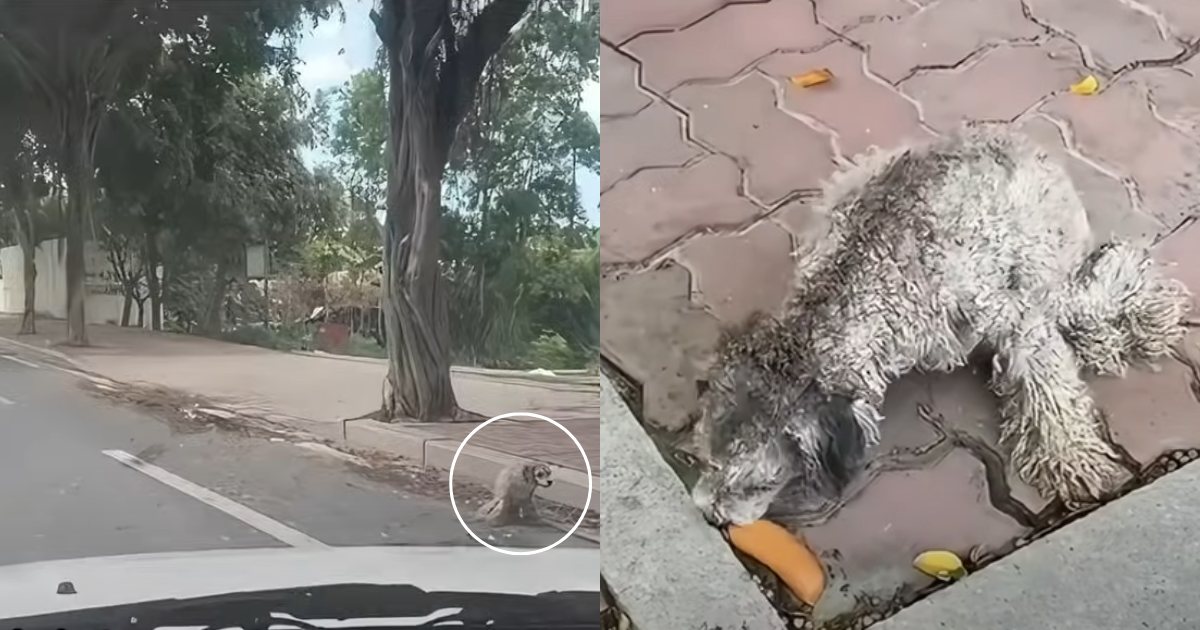

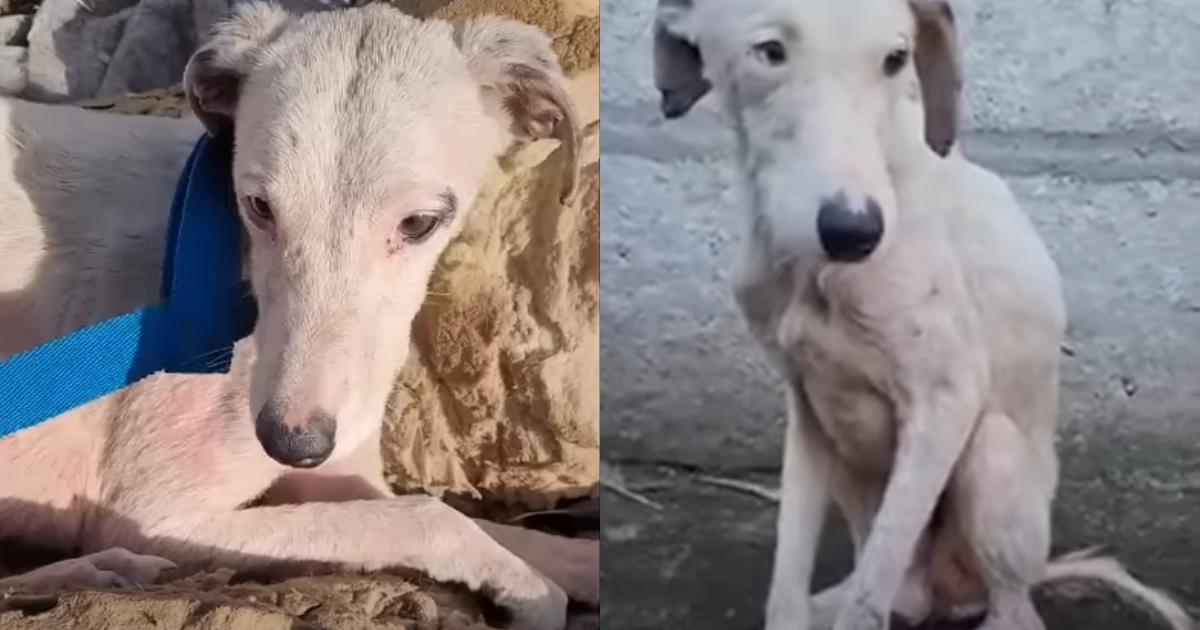
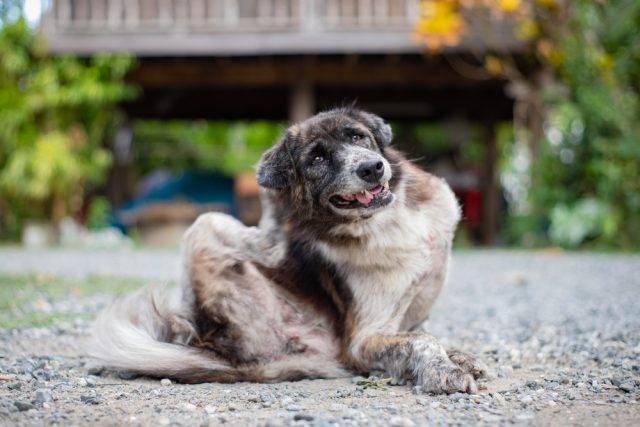
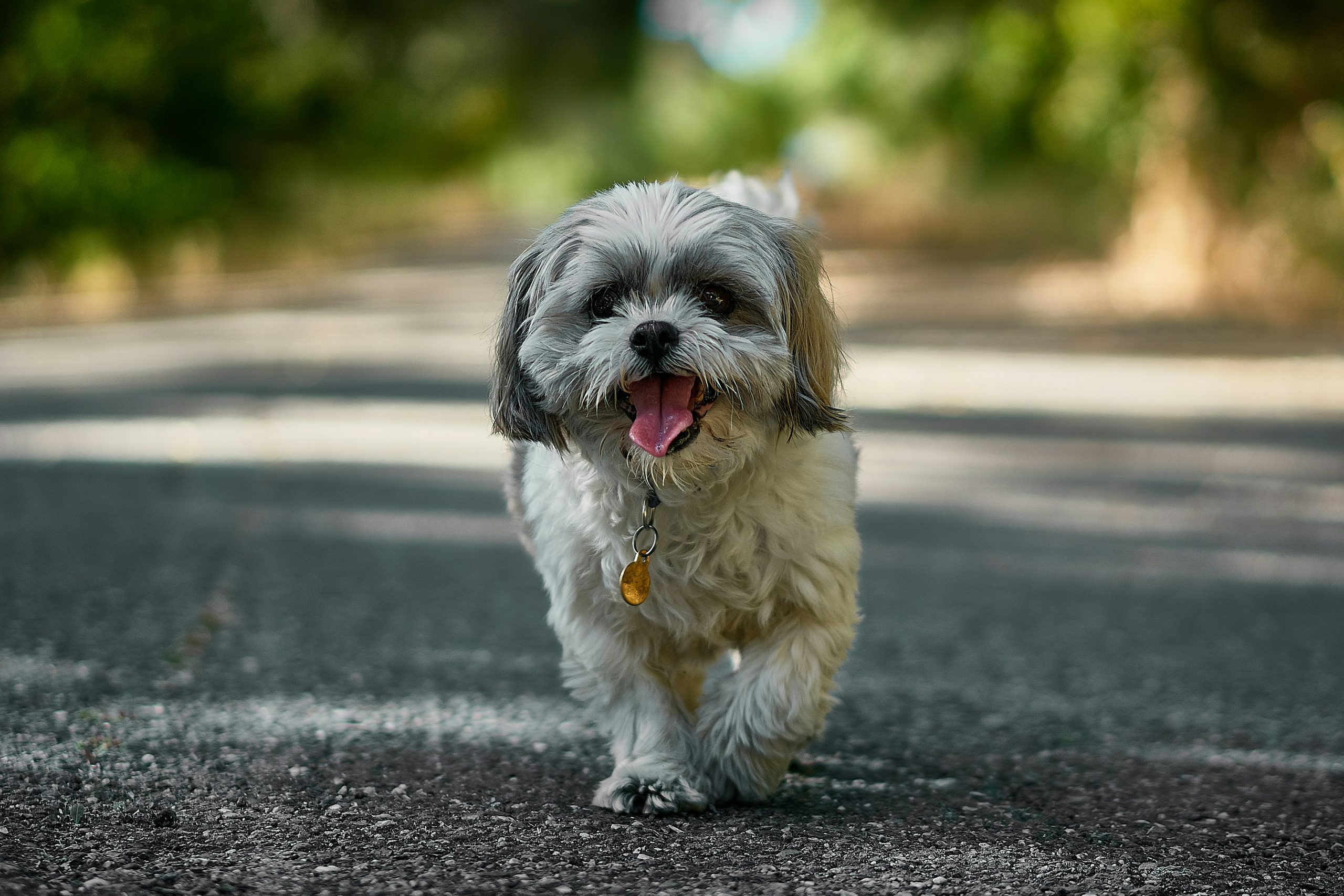
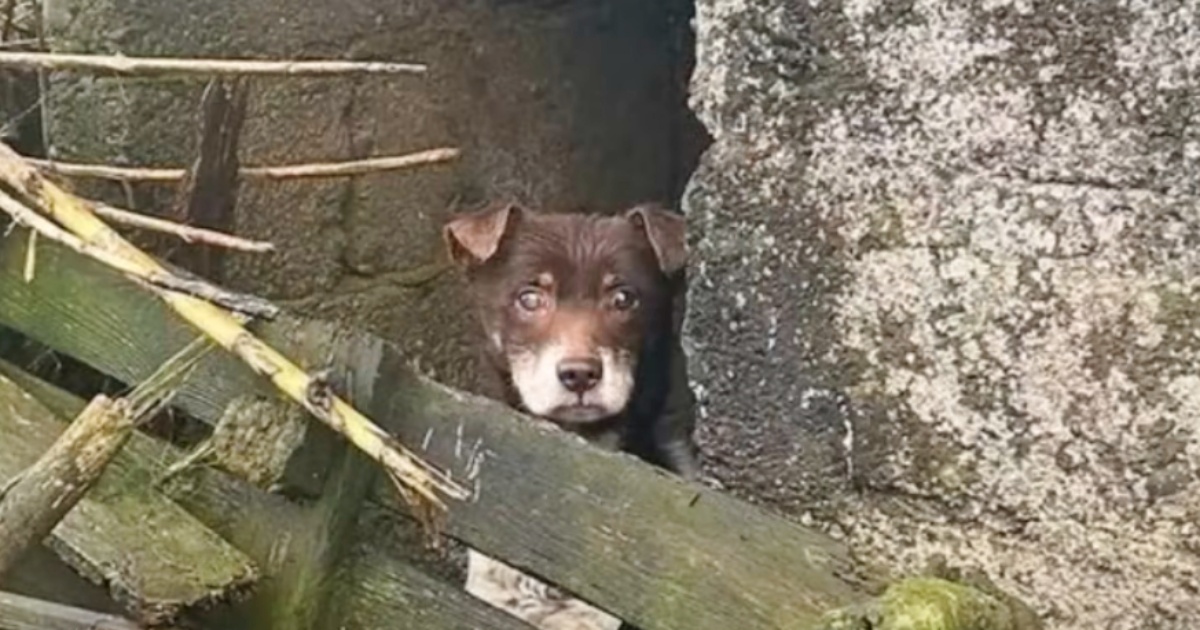
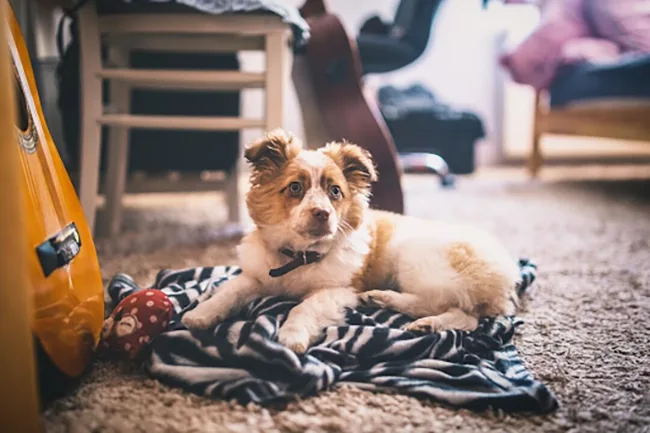
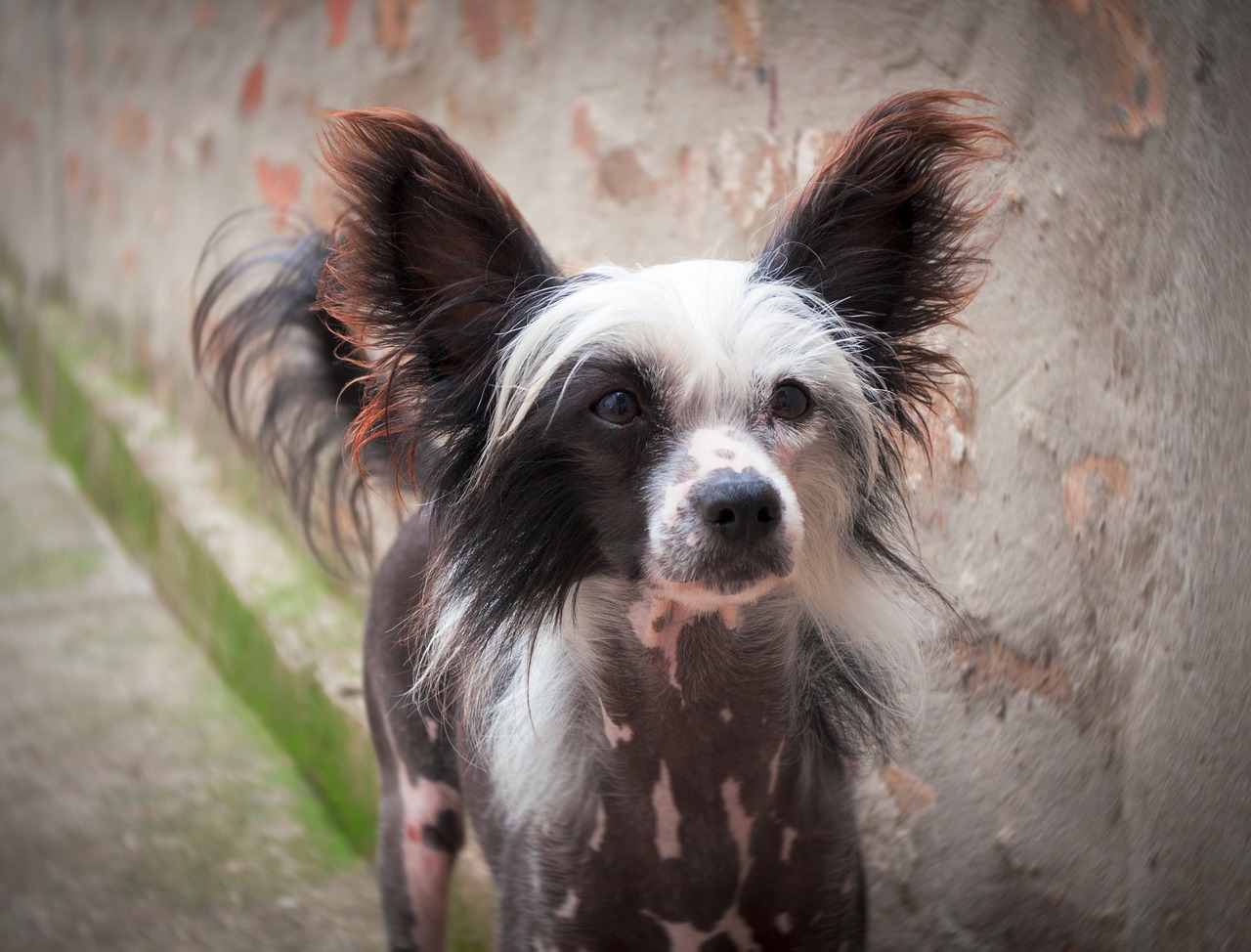


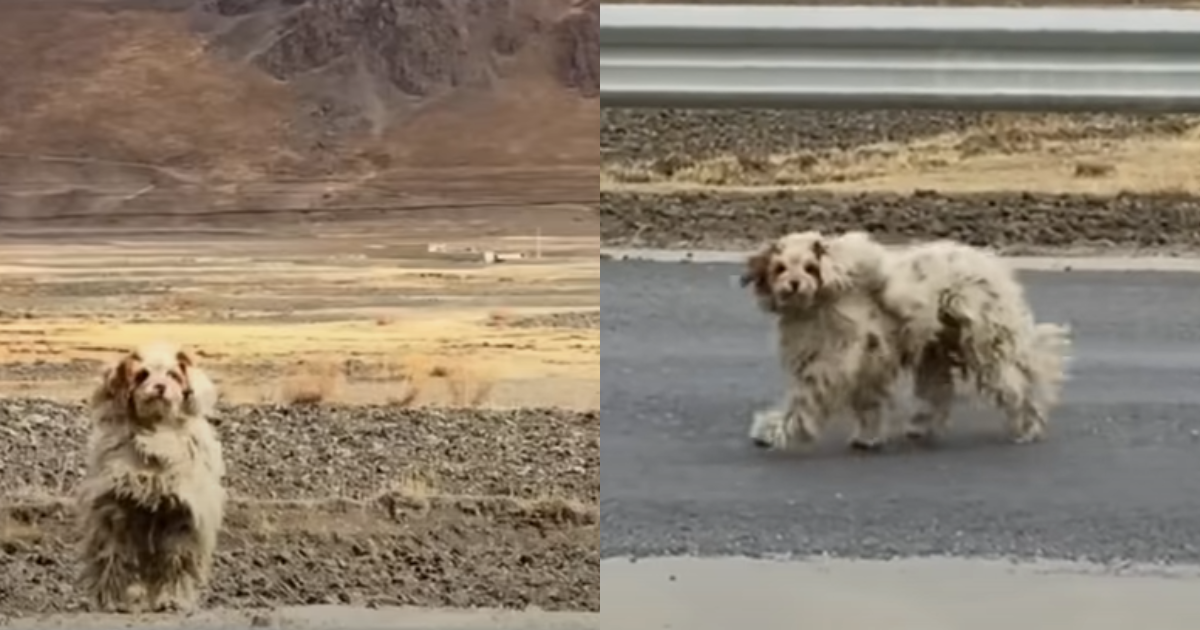

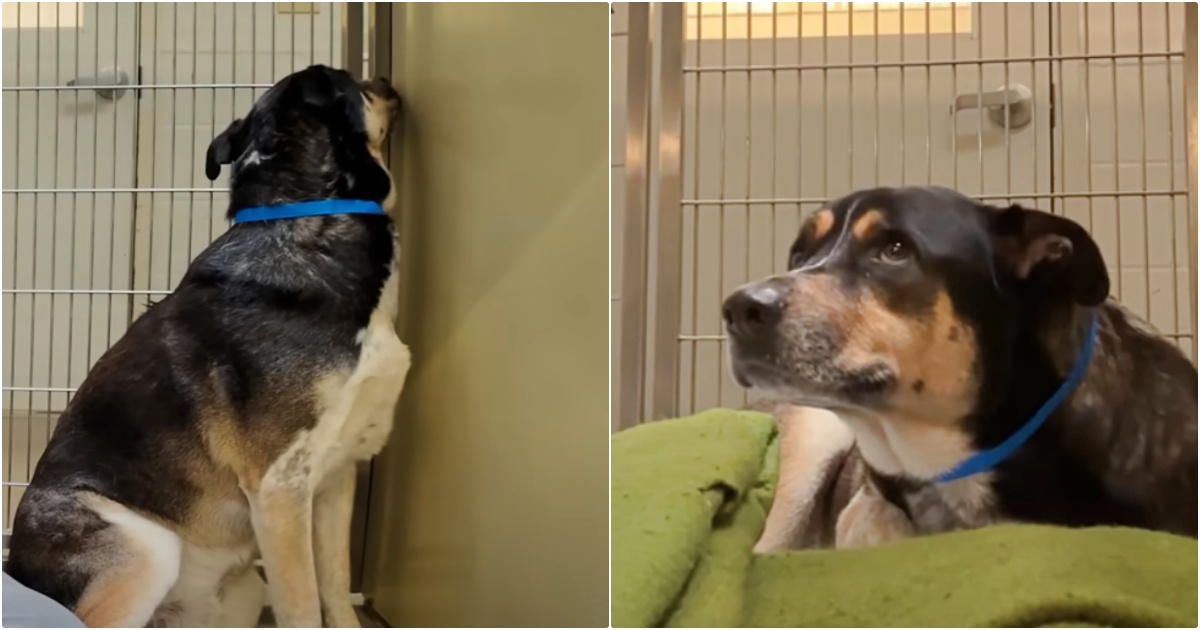
![Cost of a Borzoi Puppy by US Region [2024]](https://iheartdogs.com/wp-content/uploads/2024/04/borzoi-4950553_1280.jpg)
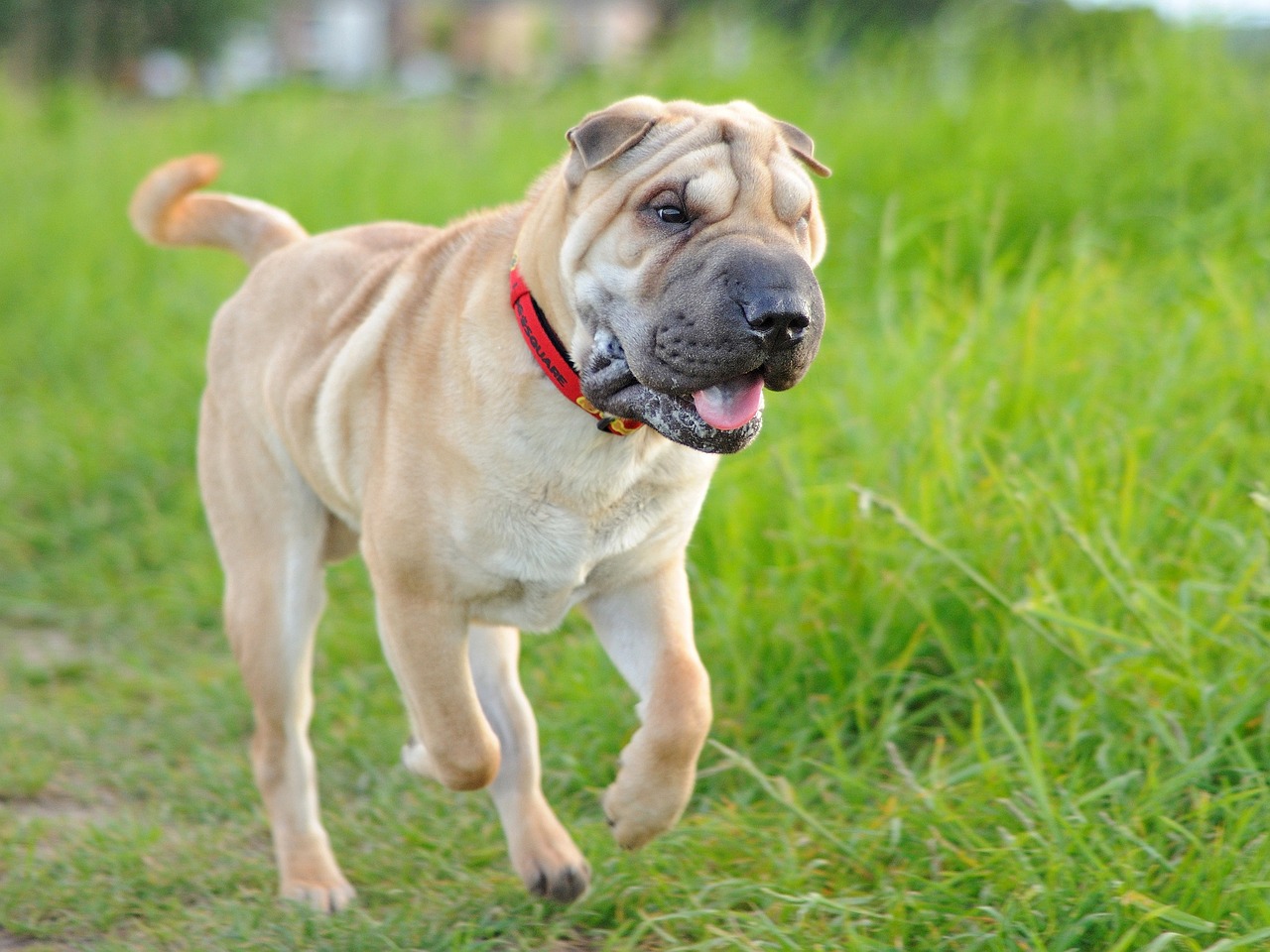
 English (US) ·
English (US) ·